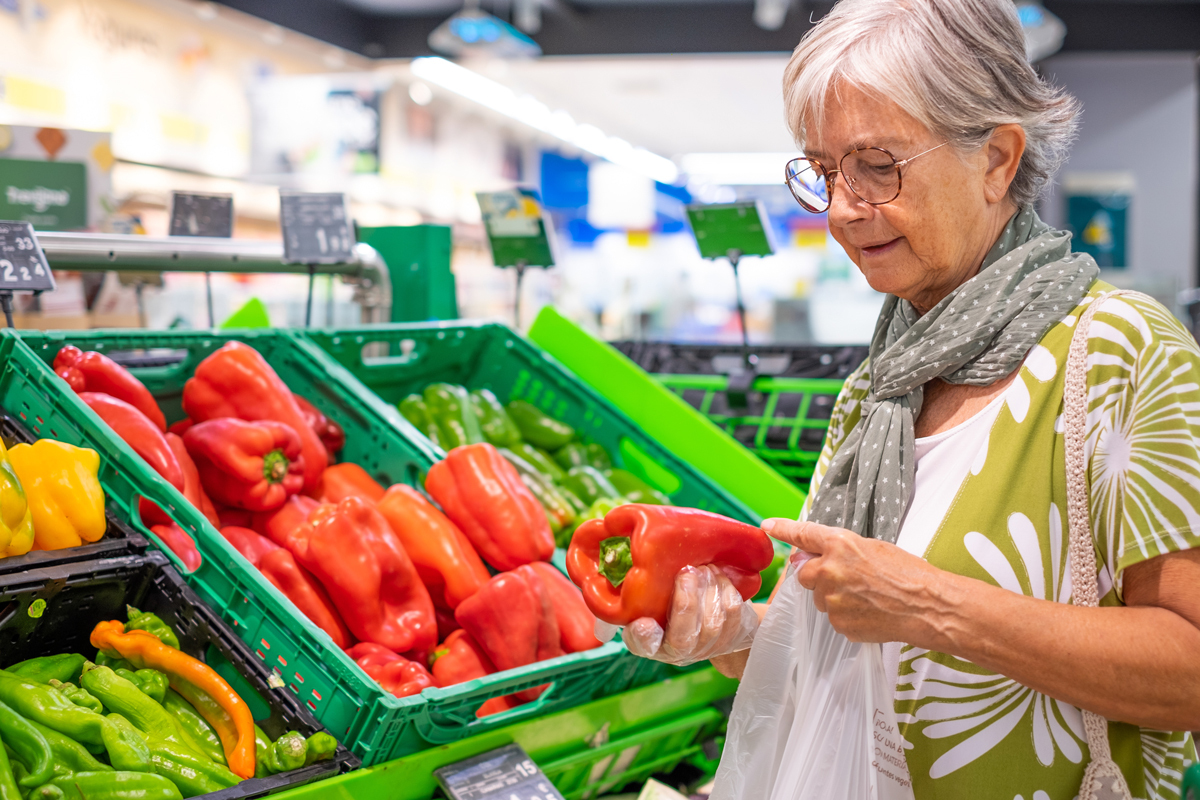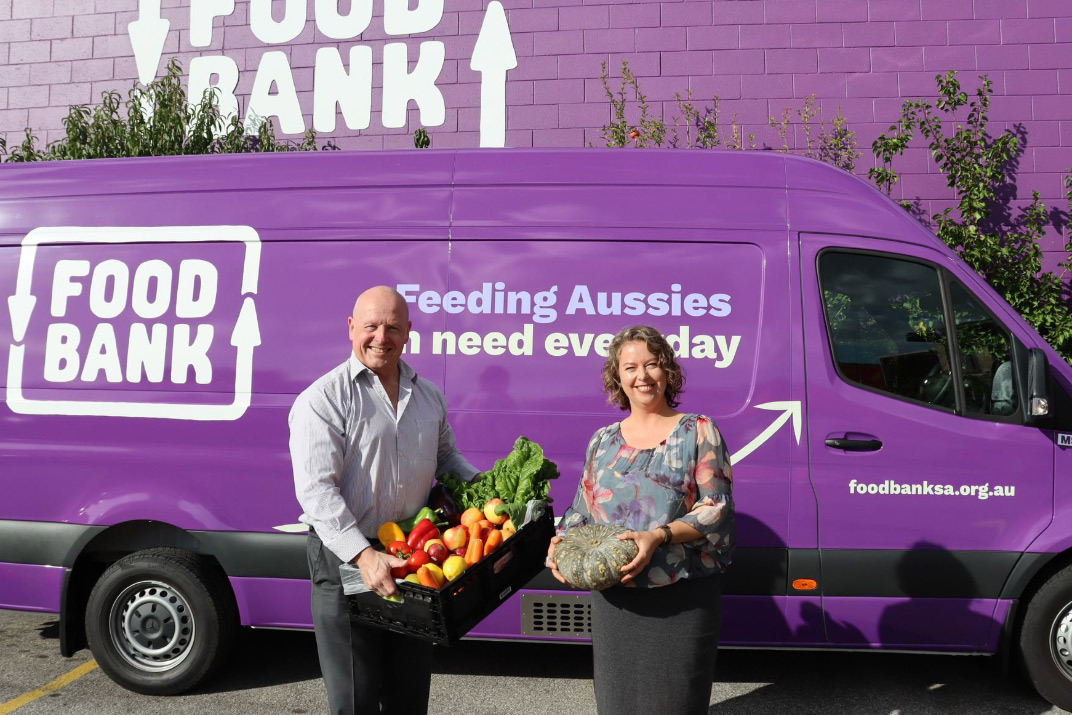What is a social supermarket and how do they tackle food insecurity?


A ‘social supermarket’ is a community hub that provides an alternative way for people to access affordable food, as well as social support, services, and opportunities for connection.
Also referred to as solidarity stores, social grocers or not-for-profit grocers, social supermarkets bridge the gap between emergency food relief and general food retail. They look and feel like a retail-like environment, which can offer a more dignified way for people to access low-cost food and groceries. At the same time, they help tackle the systemic, structural causes of poverty and long-term food insecurity through accessible “wrap-around” social supports, and opportunities for social connection.
Features like no interest loans, financial counselling, work experience, volunteering opportunities, low-cost cafés and cooking programs provide crucial assistance in people’s lives, as well as and opportunities for social connection and ‘giving back’ (reciprocity).
Why are social supermarkets a promising solution to food insecurity?
Food insecurity is often a persistent issue in people’s lives, with many people relying on food relief for multiple years. Social supermarkets are on the rise because they offer an alternative way to access affordable healthy food while providing universal access to social inclusion opportunities.
Social supermarkets combine elements that address the causes of food insecurity to empower people with pathways out.
Research shows that accessing food relief is often an undignified and disempowering experience. However, in social supermarkets people benefit from a more dignified service, including:
- Increased choice
- Retail layouts for informal social connection, and
- The empowering act of paying
These factors help to build ‘social capital’ and promote ways out of poverty and social exclusion.
Who can use a social supermarket?
Ideally, anyone who needs to access low-cost food and other social supports and services should be able to use a social supermarket. Traditionally, social supermarkets emerged to redistribute surplus food to people living in, or at risk of, poverty. This means that in most cases social supermarkets can only be accessed by specific groups like pensioners or people on low incomes. Organisations use mechanisms like memberships and eligibility assessments to ensure that the people who are most in-need take priority.
However, new research suggests that these restrictions might erode dignity, reduce agency, and impact self-esteem. While it’s rare to find a social supermarket that anyone can use, a ‘universal access’ model might be preferred by clients and should be considered by organisations when starting one, or evolving their current food relief services.
What types of organisations could start a social supermarket?
Organisations that could start a social supermarket include:
- Food relief providers
- Community centres
- Social enterprises, or
- Community-owned supermarkets who want to evolve their current service models to ‘go beyond food’ and use food as the opportunity for engagement.
Organisations can evolve their current service to provide both affordable nutritious food, and social support and connection. This could help to create longer-term pathways out of insecurity.
What is needed to make a social supermarket a success?
While thousands of social, charity and community supermarket examples exist globally, only recently have the essential elements of these progressive models been fully defined. Researchers have identified 14 key elements that make a comprehensive social supermarket, with emphasis on:
- Dignified access and service, and
- Opportunities for social support and connection.
A social supermarket should address, to some extent, all 14 elements defined in this Social Supermarket Rubric .
These elements are organised under four areas:
- Dignified provision of affordable food
- Organisational model
- Community groups (customers and volunteers)
- Pathways out of food insecurity
How do you start a social supermarket?
To start a social supermarket, organisations can:
- Identify existing resources (funds, infrastructure, people, food) and collaborators to be involved
- Work through the Social Supermarket Rubric together. This is an ideal first step to reflect upon your organisation’s current features and gaps, and consider what opportunities exist for expanding your services, to develop a locally relevant adaptation of a social supermarket.
- Select the service elements that are amenable to change in your organisation, focusing on those that will address needs and wants of your community.
- From this, create an action plan with your team and collaborators.
- Before implementing your plan, consider how you can collect information to evaluate the process and impacts of your social supermarket.
Food presents a moment of opportunity. Social supermarkets combine food with engagement and social inclusion, to improve dignified service and create pathways out of food insecurity. Australia now has an opportunity to evolve current voluntary service models to ‘go beyond food’, and trial new ways of providing affordable food and social support and connections.
Download the social supermarket best-practice rubric
The rubric can be used to either start a new social supermarket, or, to expand upon existing community social infrastructure like council community centres, food relief services, and community supermarkets.
If your organisation would like more information on how to use the rubric to co-design a social supermarket, or advice on how to evaluate social impact of your initiative, please contact CSI Flinders at csiflinders@flinders.edu.au




